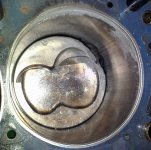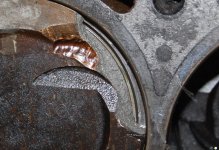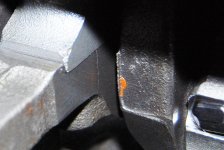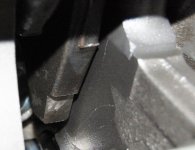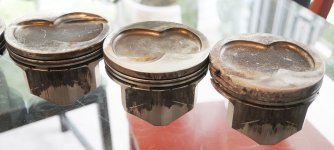If you have some interest in Fieros, check out the tech forum on Fiero.nl. Lots of interesting stuff.
I own four Fieros and am looking to downsize:
1984 - 1992 GM Quad 4 2.3L Quad 4 DOHC 190 HP
1986 - original 2.8L V-6
1988 - 1992 Cadillac 4.9L V-8 200 HP
1988 - 1994 Buick 3800 S/C M62 Eaton - 225 HP M62
For me supercharging the 1986 is more about a learning project. I like the torque at low-mid rpm that a roots blower gives. For me that's one of the attractions of the electric supercharger. DynoSim5 says that the 2.8L with 10 psi of boost at 2000 rpm makes less than 150 ft-lbs of torque and less than 250 ft-lbs at 5000 rpm. These don't seem like scary numbers. People have turboed the stock 2.8L with 10 psi of boost reliably. I don't see why I should be scared of low rpm boost? Is it getting the ignition timing map right? The fuel map should not be a problem.
I own four Fieros and am looking to downsize:
1984 - 1992 GM Quad 4 2.3L Quad 4 DOHC 190 HP
1986 - original 2.8L V-6
1988 - 1992 Cadillac 4.9L V-8 200 HP
1988 - 1994 Buick 3800 S/C M62 Eaton - 225 HP M62
For me supercharging the 1986 is more about a learning project. I like the torque at low-mid rpm that a roots blower gives. For me that's one of the attractions of the electric supercharger. DynoSim5 says that the 2.8L with 10 psi of boost at 2000 rpm makes less than 150 ft-lbs of torque and less than 250 ft-lbs at 5000 rpm. These don't seem like scary numbers. People have turboed the stock 2.8L with 10 psi of boost reliably. I don't see why I should be scared of low rpm boost? Is it getting the ignition timing map right? The fuel map should not be a problem.

